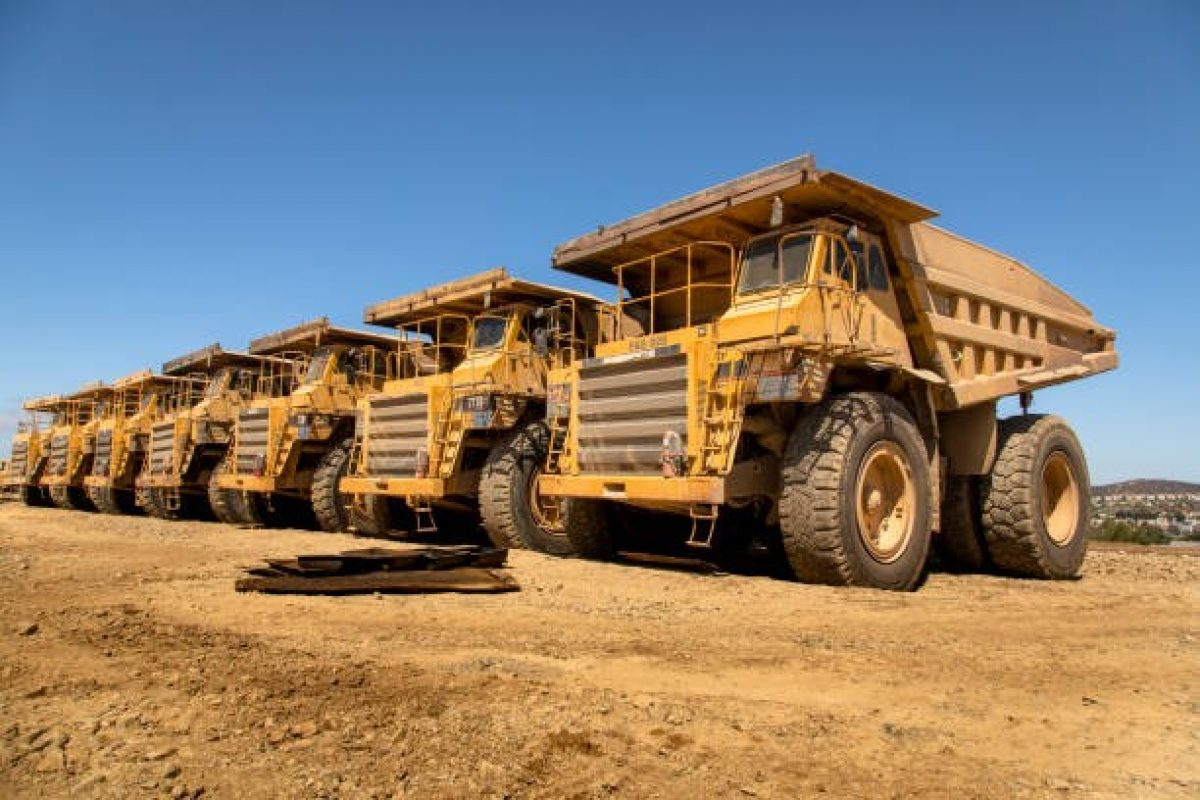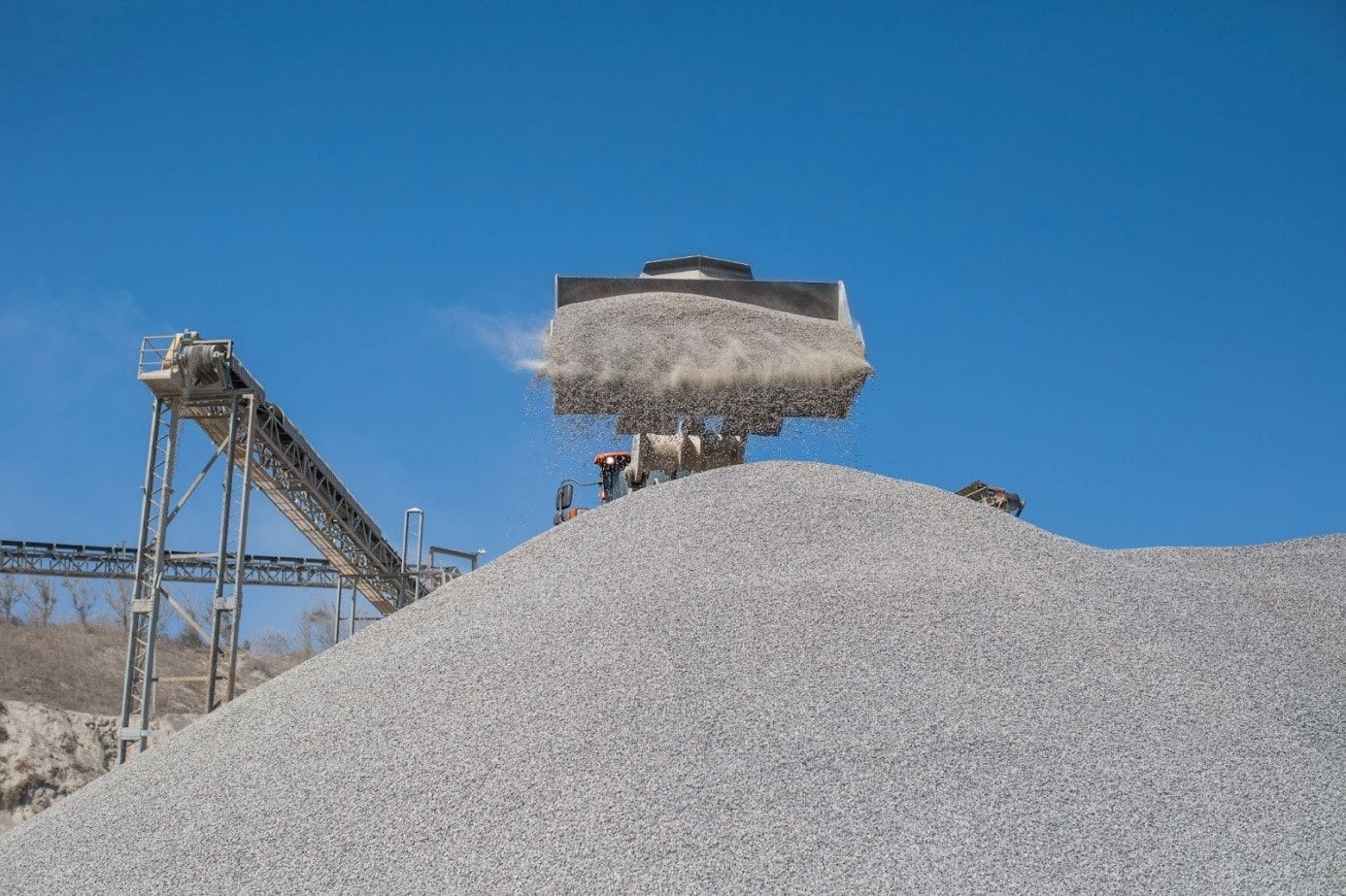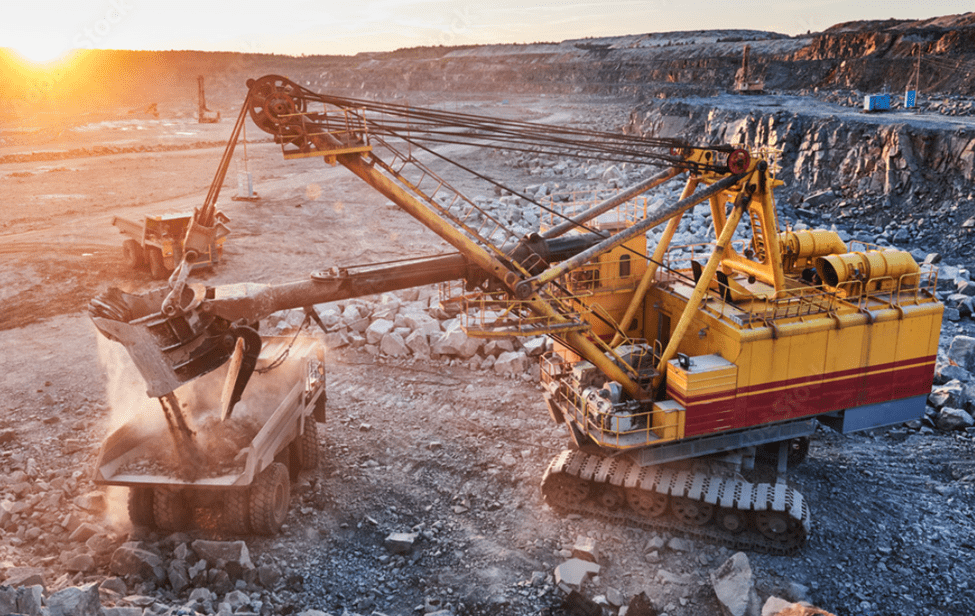More mining companies are making bold commitments to decarbonize their operations to reduce business risk and help combat climate change.
The International Council on Mining and Metals (ICMM), which represents 28 mining companies and 35 commodity associations worldwide, recently committed to a scope 1 and 2 net greenhouse gas emissions target by 2050 or earlier, in line with the ambitions of the Paris Agreement.
As suppliers of metals and minerals essential to decarbonization and sustainable development, the industry has a responsibility to minimize its environmental footprint – and it is acting. While the speed and depth of decarbonization initiatives vary across the industry, many mining companies are taking immediate action, investing in areas such as renewable energy and electrification, and improving governance to align with global climate risk reporting standards.
Mining companies are under increasing pressure from various stakeholders to reduce emissions and address climate risks, which can have a negative financial impact on the company. Financial risk comes from the physical effects of climate change, such as extreme weather events, and the risks of transitioning to a low-carbon economy.
Challenges of Mining
Decarbonization in mining depends largely on electrification and renewable energy. In some ways, it is easier to imagine how mining can become carbon-free than other sectors. That doesn’t mean it will be easy.
Distinct or disproportionate drivers
Investors are putting strong pressure on large multinational players in the mining sector, particularly in relation to operational emissions. The rapidly declining cost of renewable energy has made it easier for them to respond. For example, BHP has signed a deal to develop new solar and wind farms in the Australian state of Queensland, which will allow them to run their coal operation in the region on solar power. They hope this will help them reduce their indirect emissions in the country by 20% over five years. BHP is also moving toward green copper by signing renewable energy contracts that will allow its Escondida and Spence copper mines in Chile to switch to 100% renewables, replacing imported LNG. It has also committed to eliminate groundwater use in Chile by 2030, invest in desalination plants.
With a patchwork of different national and local policies to navigate, many mining companies are designing their decarbonization strategies based on the strictest common denominator and then applying these tactics globally across their organizations. While mining and metals companies hope to price carbon and increase regulation, these are not the main drivers at the moment. Instead, investors and markets are ahead of where governments are, as evidenced by the growing number of companies signaling their decarbonization ambitions.
The supply chain pull is also generally stronger in mining than in other sectors. For example, battery manufacturers are starting to look for carbon-neutral lithium and nickel, while automakers are starting to ask for green steel and aluminum. Market demands like these could become the biggest driver of all. If customers start demanding green products, mining companies must offer them to stay in the game.
What are the factors that can provide CO2 reduction in mining?
Cots – energy is a substantial and growing proportion of a miner’s cost, accounting for about one-third of the total cost base of mining companies. Most miners anticipate the introduction of a carbon price, which will increase the cost of diesel power.
Consumers – the COVID-19 pandemic has radically changed the sustainability mindset of consumers, with global markets becoming increasingly consumer-driven, social expectations are rising and participants at all stages of the value chain will have higher expectations of them to reduce carbon emissions.
Capital providers – pressure is increasingly being applied by capital providers to meet decarbonization targets in order to access financing for mining projects.
Cots – energy is a substantial and growing proportion of a miner’s cost, accounting for about one-third of the total cost base of mining companies. Most miners anticipate the introduction of a carbon price, which will increase the cost of diesel power.
How mining companies can align their actions to meet the industry’s carbon reduction goals.
Mining companies should ensure that their carbon reduction policies are aligned with industry standards from an ecosystem perspective. This is vital to avoid greenwashing, which occurs when companies claim to be dedicated to carbon reduction for the sake of their reputation, but fail to back up their claims with action.
This alignment is necessary to provide consistent reporting methodologies. Maintaining a social license to operate is crucial for many mining companies. This even affects the company’s employees. As a result, large multinational corporations are increasingly looking to be at the forefront of environmental challenges to recruit the best talent.
In which areas should the company focus its efforts?
The areas that require decarbonization in mining vary among the different elements that contribute to the success of a mining operation from pit to port. Decarbonization in mining is required in the following areas:
- Transport;
- Mineral processing;
- Diesel Trucks;
- Supply chain;
- Mineral exploitation;
- Electricity supply;
- Transportation of goods.
Green technology as a decarbonizing agent
Green technology in mining refers to equipment that reduces carbon emissions and mitigates negative environmental effects. Green mining is now a cross-cutting concept for the entire industry, where the global mining scenario is already adapting it to its entire process chain.
Green mining alludes to sustainability and the care of each process, such as efficiency in resource extraction, production with less environmental impact, and care for the surrounding communities, among other points. Through this new form of mining, it is expected that the practices within the industries will be optimized and improved to make each process more efficient and conscious.
How can ABC Dust help mines decarbonize their process?
ABCDust is a company focused on developing green technology for smart dust control and soil stabilization. ABCDust’s sustainable solutions help mining companies reduce their C02 emissions:
- Reducing the water used for dust control by 90%, which translates into fewer hours of water transport and energy consumption to move and process water;
- Improving road rolling resistance with our soil stabilization and dust control solutions. Rolling resistance is the energy lost through drag and friction of a tire rolling over a surface. A 10% reduction in rolling resistance would improve fuel economy by approximately 3% to 5% for light and heavy-duty vehicles and improve the life cycle of your tires by up to 5%. Open-pit mines use haul trucks that use an average of 50 liters of diesel fuel per hour. Large mines have a fleet of 70 to 150 haul trucks that operate 24/7/365. This can add up to 300,000 liters of C02 diesel consumption reduction per year, plus the fuel savings alone;
- Increasing the life of mining roads by reducing the frequency of grading and maintenance required. Also, reducing the need to use aggregates to improve road properties;
- Increasing the life of tires and haul trucks. A better, dust-free road uses fewer tires and extends the life of haul truck suspension systems and filters.
ABCDust – Smart dust control and soil stabilization
Dust suppression
DMS dust suppression solutions and high-performance soil stabilizers are created by the following combination:
- DMS® solutions for high performance dust suppression;
- Soil stabilizers with electronically controlled wetting equipment;
- Georeferenced road dust and friction monitoring systems;
- Georeferenced road roughness monitoring systems.
As a result, a completely new dust suppression technology was created and a patent application was generated. Our products are delivered precisely when and where they are needed, resulting in increased productivity, long-term sustainability, and safety. Dust suppression, better soil stabilization, water conservation, shorter braking distances and low maintenance costs are all characteristics of DMS products.
The following DMS® solutions are available for dust reduction:
- DMS-DS: Dust control on mining roads. DMS-DS® dust suppressor is suitable for haul roads and high altitudes, and can withstand up to 600 tons of loading;
- DMS-EB: DMS-EB® is a clean solution that traps particles and improves road and soil stability;
- DMS-DS 80: It is a low-cost dust suppressant and soil stabilizer that is also chloride-free and environmentally harmless. It is successful in a variety of soils, although silty and low water-retention soils produce higher yields;
- DMS-TDS: This is a non-ionic dust suppressant designed for continuous lines of conveyor belts on loading fronts, crusher chutes and/or high frequency material conveying systems.
By using ABCDust solutions and services, you can achieve 95-99% dust reduction, thus saving lives, improving the environment, saving money, and ensuring your operational continuity and social license. Please feel free to contact us for more information.
Soil stabilization
We use soil stabilization solutions to improve many types of roads and sites in different industries such as mining, forestry and construction in Canada, Chile, Peru, Colombia and Brazil. Our solutions strengthen the soil and enable it to withstand more pressure and capacity from heavy vehicles, thus improving the logistics of the sites.
We offer a wide range of products (enzymes, polymers, synthetic oils and asphalt emulsions) that have been formulated to meet different road needs and reduce the need for aggregates and road maintenance. Our selection of products for soil stabilization is very economical, environmentally safe, and non-toxic.
Here are some of our solutions for soil stabilization:
- DMS-DS® 100 is specially designed for soil stabilization and dust control of industrial roads, haul roads and tightly compacted surfaces, improving their overall strength and the binding of road materials;
- EZISS PRO® is a natural liquid soil stabilization enzyme, which improves the properties of native/local soils;
- CHEM-STAB® is a sulfonated (ionic) chemical based soil stabilizer, formulated with ionizing complexes associated with ion exchange elements;
- SOILCELLS® are high density polyethylene panels used for soil containment. The three-dimensional structure of the cells allows the granular material to be confined and thus avoid any displacement caused by erosion or static or dynamic loads. This versatile material can be used for slope retention, soil reinforcement, road infrastructure and as a retaining wall.
Dust Monitoring
Due to the nature of the comminution and classification processes, the blasting, transporting, crushing and milling of ores makes them major contributors of dust emissions into the air. Workers, the environment and nearby wildlife are all affected.
ABCDust provides a dust monitoring service to its clients that employs the EPA’s PM10-2.5 near reference measurement technology to provide a consistent assessment of dust levels in a variety of environmental circumstances and production levels (Ton/hr). To assess PM10-2.5 dust levels emitted from operations, we employ dust management methods.
Here are some of the features of our dust monitoring solution:
- For PM 10, 5, 4, 2.5, and 1 particle, multi-channel dust levels up to 4,000 mg/m3 are continuously monitored;
- Gravimetric samples are used to describe and quantify mg/m3 dust emissions;
- Modeling of dust emissions using a variety of parameters (winds, humidity, production, material type, etc.);
- Solutions for dust control are suggested (maintenance, dry mist, fine mist, dust collectors, additives, etc.);
- Before and after implementation, improvement options are reviewed;
- Report on emissions both before and after implementation of the measure.
Conclusion
Global decarbonization depends largely on the sustainable mining of minerals and raw materials. A thriving and healthy mining industry is critical to the global economy and supports the innovation needed to mitigate global warming, protect the environment, and develop the circular economy.
Focusing its efforts on the areas of greatest impact by aligning with clean technology and green technology applications is the first major step towards the goal of decarbonization in the industry.
Regardless of the paths taken by mining companies to lower carbon emissions, achieving the reduction targets under the Paris Agreement and meeting the expectations of a more environmentally conscious population are key to the long-term viability of the industry.





